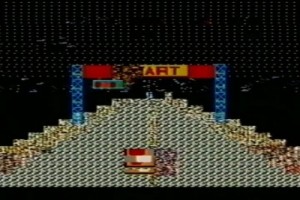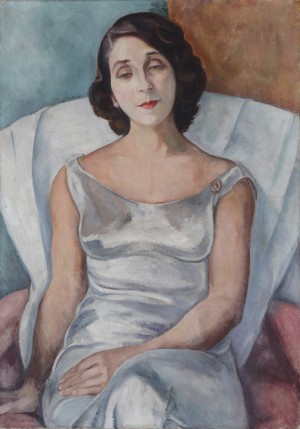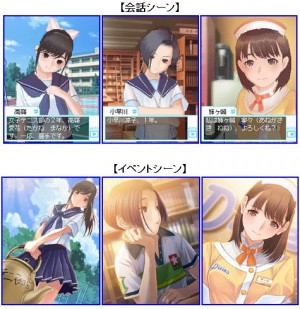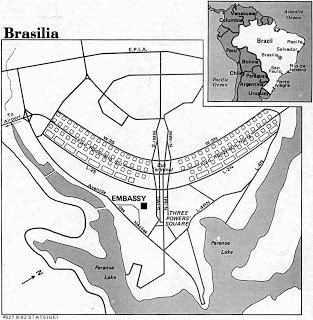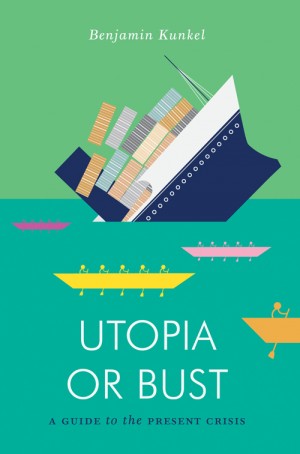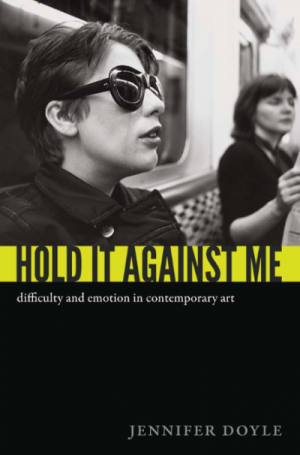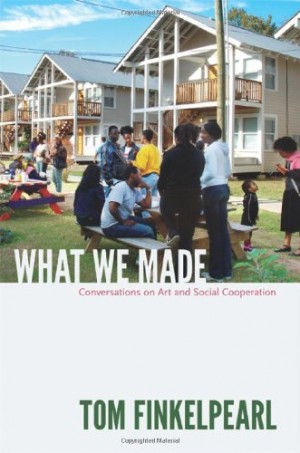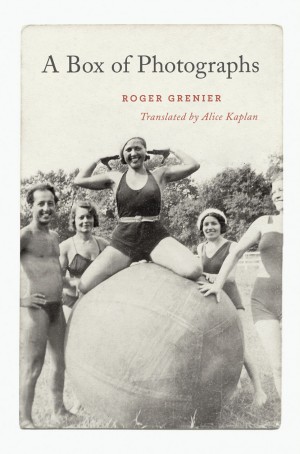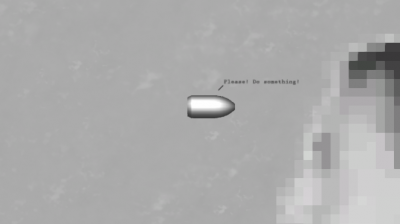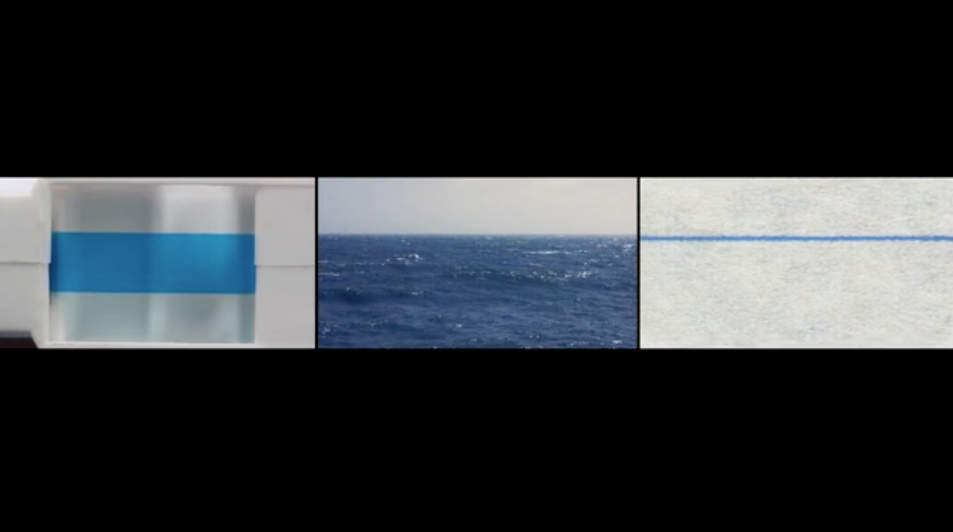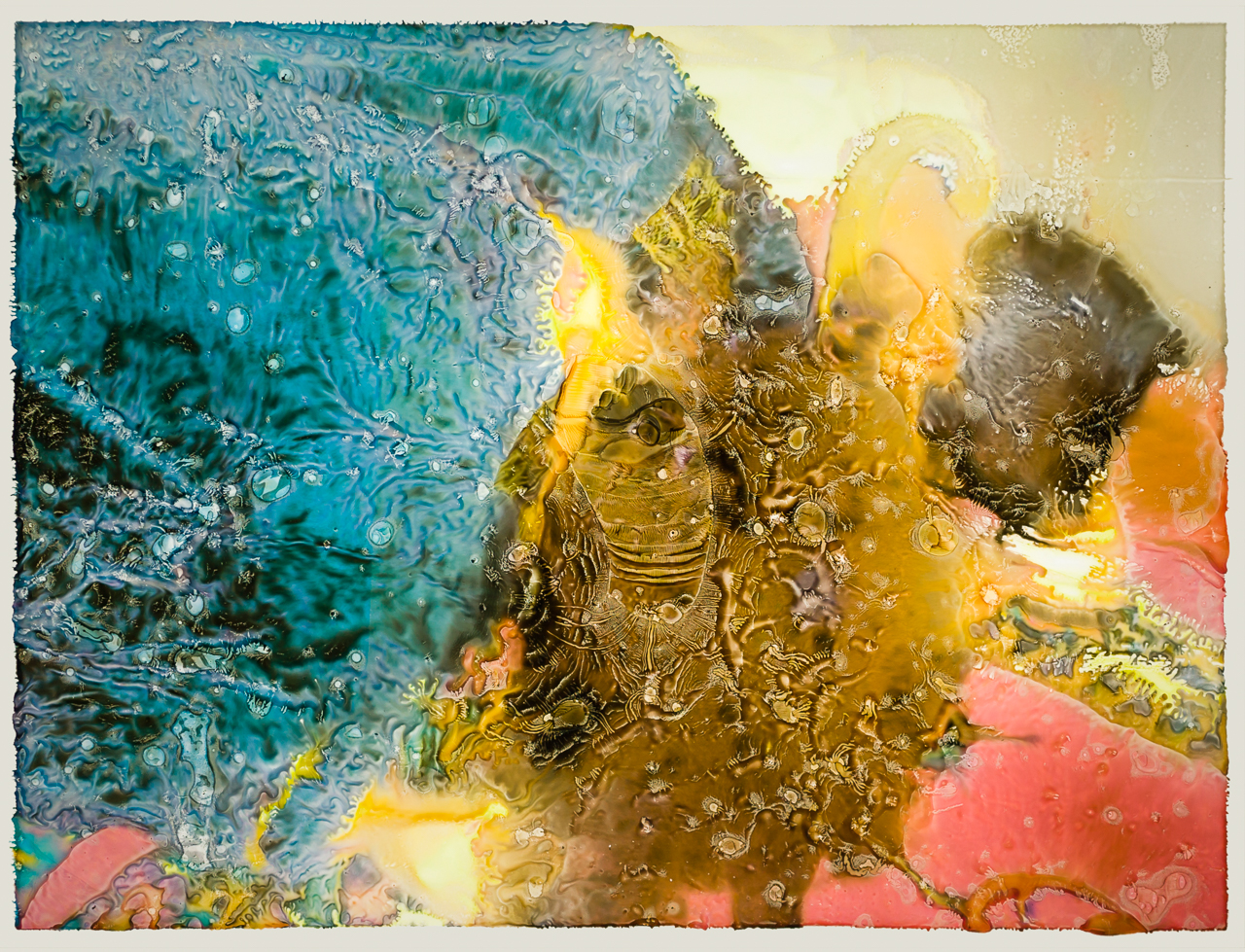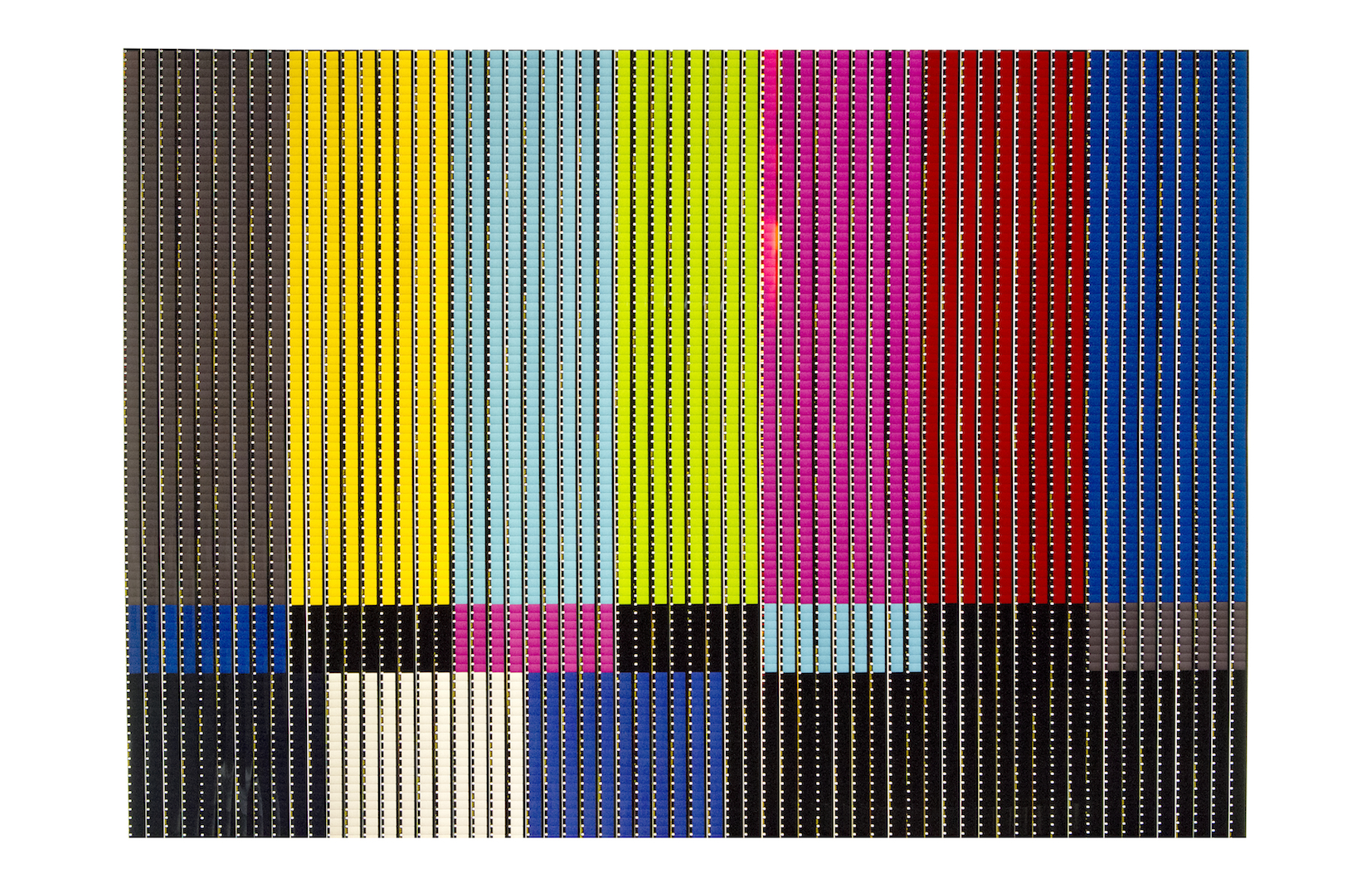Introduction / Issue 21: Pursuit
In October 2013, just as this issue was taking shape, the United States Government suspended operations, grinding to a halt for two weeks and resulting in a combined total of 6.6 million furloughed days of employee labor, a loss of some $2 billion in lost wages, and an irrevocable failure of bipartisan politics. The first complete government shutdown in half a generation was the result of a series of continuing resolutions that stalled congressional budget negotiations until they reached a complete deadlock. The pursuit of divergent party agendas ultimately led to the achievement of none until at last the object of pursuit itself had changed. The effect was at once traumatic and banal—a continuation of everyday life for the majority of the public but a highly visible marker of a troubling defect within the highest orders of governance. Against this backdrop of frustrated pursuit and of changing definitions of pursuit, we invited scholars and artists to explore ways pursuit manifests at both the individual and collective levels. What we received revealed the dual nature and …


